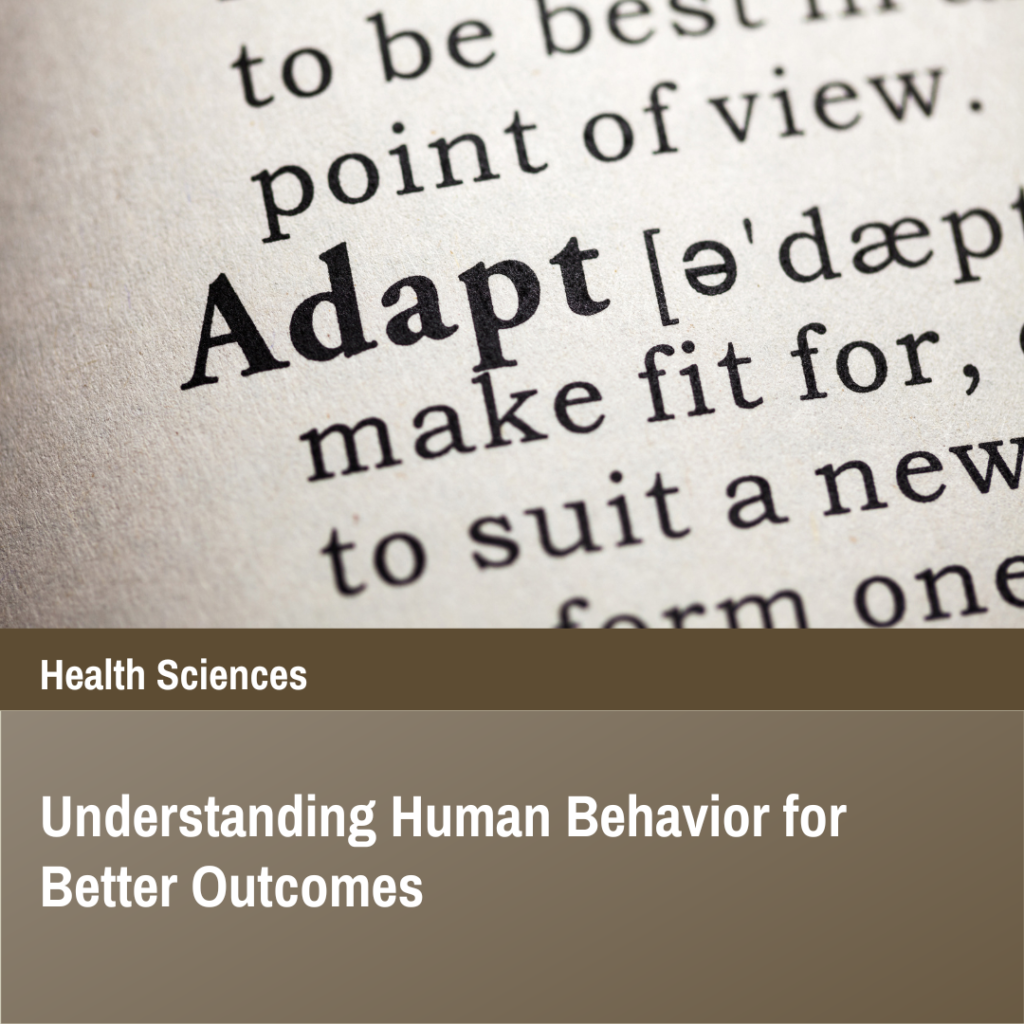What is Callista Roy’s Adaptation Model?
Introduction
Callista Roy’s Adaptation Model is a significant theory in nursing, focusing on the concept of adaptation. Developed by Sister Callista Roy in 1976, this model emphasizes how individuals adapt to changes in their environment and how nurses can support this adaptation process to improve patient care outcomes.
Theoretical Foundations
Origin of the Model
The Adaptation Model was conceptualized by Sister Callista Roy while she was a graduate student. Influenced by her observations and academic environment, Roy aimed to create a framework that would help nurses understand and facilitate patient adaptation.
Roy’s Background
Sister Callista Roy is a prominent nurse theorist, educator, and researcher. Her extensive background in nursing and her commitment to improving patient care have significantly influenced her theoretical contributions.
Influence of Sister Callista Roy
Roy’s work is deeply rooted in her belief that nursing is a service to society. Her model reflects her commitment to understanding the holistic needs of patients and enhancing the adaptability of individuals in various health situations.

Key Concepts of the Model
Adaptation
Adaptation is the core concept of Roy’s model, defined as the process and outcome whereby thinking and feeling persons, as individuals or in groups, use conscious awareness and choice to create human and environmental integration.
Systems
Roy’s model views the person as a bio-psycho-social being in constant interaction with a changing environment. This system perspective helps in understanding the complex nature of human adaptation.
Stimuli
Stimuli are the internal and external factors that influence the adaptive responses of individuals. Roy categorizes stimuli into focal, contextual, and residual.
| Type of Stimuli | Description |
|---|---|
| Focal | The immediate stimulus confronting the individual, demanding attention. |
| Contextual | All other stimuli present that contribute to the effect of the focal stimulus. |
| Residual | Environmental factors within or outside the individual with an indeterminate effect on the current situation. |
Coping Mechanisms
Coping mechanisms are the strategies individuals use to respond to stimuli and adapt. These mechanisms can be innate or acquired, and they play a crucial role in maintaining balance.
| Coping Mechanism | Description |
|---|---|
| Innate | Inborn or genetically determined mechanisms that an individual uses to adapt. |
| Acquired | Learned strategies developed through experiences and social interactions. |
Assumptions of Roy’s Adaptation Model
Philosophical Assumptions
Roy’s model is based on several philosophical assumptions, including the belief that humans are holistic beings and that nursing is a service to society.
Scientific Assumptions
The model also includes scientific assumptions, such as the idea that adaptation is a central feature of life and that health and illness are inevitable dimensions of a person’s life experiences.
Four Adaptive Modes
| Adaptive Mode | Description |
|---|---|
| Physiological-Physical Mode | Focuses on the physical and chemical processes involved in the functioning and activities of living organisms. |
| Self-Concept Group Identity Mode | Addresses the psychological and spiritual aspects of the individual, focusing on personal beliefs, goals, and sense of identity. |
| Role Function Mode | Deals with the roles that individuals occupy in society and how they fulfill these roles, which impacts their adaptation. |
| Interdependence Mode | Explores the relationships and support systems that influence an individual’s ability to adapt. |
Applications in Nursing Practice
Clinical Settings
Roy’s Adaptation Model is widely used in various clinical settings to assess patients and guide nursing interventions that promote adaptation.
Patient Assessment
Nurses use the model to assess patients’ adaptive responses and identify areas where interventions are needed to enhance adaptation.
Nursing Interventions
The model guides the development of nursing interventions aimed at improving patients’ adaptive responses to their health conditions.
The Adaptation Model and Patient Care
Enhancing Patient Outcomes
By focusing on adaptation, the model helps nurses develop personalized care plans that enhance patient outcomes.
Patient-Centered Care
Roy’s model supports a patient-centered approach, ensuring that care is tailored to the unique needs and adaptive responses of each patient.
Examples in Practice
Practical examples include using the model to manage chronic illnesses, support mental health, and improve rehabilitation outcomes.
Research and Evidence
Studies Supporting the Model
Numerous studies have validated the effectiveness of Roy’s Adaptation Model in various clinical settings and patient populations.
Evidence-Based Practice
The model provides a robust framework for evidence-based practice, ensuring that nursing interventions are grounded in scientific research.
| Research Study | Findings |
|---|---|
| Study on Chronic Illness Management | Demonstrated improved patient adaptation and outcomes when using the model. |
| Mental Health Support | Showed significant improvement in patients’ psychological adaptation and coping mechanisms. |
| Rehabilitation Outcomes | Highlighted better recovery rates and patient satisfaction when interventions were based on the model. |
Critical Reviews
While the model has been widely accepted, it has also been critically reviewed to identify areas for improvement and adaptation to contemporary nursing practice.
Benefits of Using the Adaptation Model
Improved Patient Adaptation
The model’s focus on adaptation leads to better patient outcomes by addressing the holistic needs of patients.
Enhanced Nursing Practice
Nurses benefit from a structured framework that guides their practice and improves the quality of care they provide.
Increased Patient Satisfaction
Patients experience higher satisfaction levels when their care is tailored to their specific adaptive needs.
Challenges and Criticisms
Criticisms of the Model
Some critics argue that the model can be too complex and difficult to apply in fast-paced clinical settings.
Challenges in Implementation
Implementing the model requires thorough training and a deep understanding of its concepts, which can be challenging in busy healthcare environments.
Overcoming Barriers
Despite these challenges, many healthcare institutions have successfully integrated the model by providing adequate training and resources to their staff.
Integration with Other Nursing Theories
Complementary Theories
Roy’s model can be integrated with other nursing theories to provide a more comprehensive approach to patient care.
Comparative Analysis
Comparing Roy’s model with other theories helps in understanding its unique contributions and areas for integration.
Integrative Approach
An integrative approach combines the strengths of multiple theories to enhance nursing practice and patient care.
Future Directions
Emerging Trends
New trends in healthcare, such as personalized medicine and holistic care, align well with Roy’s model and offer opportunities for further development.
Advancements in Nursing Theory
Ongoing advancements in nursing theory continue to refine and expand the applications of Roy’s model.
Future Research Directions
Future research will likely focus on exploring new applications of the model and enhancing its relevance in contemporary healthcare settings.
FAQs
What is Callista Roy’s Adaptation Model?
Callista Roy’s Adaptation Model is a nursing theory that focuses on how individuals adapt to changes in their environment and how nurses can support this adaptation to improve patient outcomes.
How does Roy’s Adaptation Model benefit nursing practice?
The model provides a structured framework for assessing patients’ adaptive responses and developing personalized care plans, leading to improved patient outcomes and enhanced nursing practice.
What are the four adaptive modes in Roy’s model?
The four adaptive modes are Physiological-Physical Mode, Self-Concept Group Identity Mode, Role Function Mode, and Interdependence Mode.
What are the key concepts of Roy’s Adaptation Model?
The key concepts include adaptation, systems, stimuli, and coping mechanisms, which help in understanding how individuals respond to changes in their environment.
What are some criticisms of Roy’s Adaptation Model?
Critics argue that the model can be complex and challenging to implement in fast-paced clinical settings. However, adequate training and resources can help overcome these challenges.
How is Roy’s Adaptation Model integrated with other nursing theories?
The model can be integrated with other nursing theories to provide a more comprehensive approach to patient care, combining the strengths of multiple theoretical frameworks.
Conclusion
Callista Roy’s Adaptation Model is a foundational theory in nursing that emphasizes the importance of adaptation in patient care. By understanding and supporting patients’ adaptive responses, nurses can significantly enhance patient outcomes and satisfaction. Despite some challenges, the model remains a valuable tool in nursing practice, research, and education, guiding nurses in providing holistic and personalized care.


